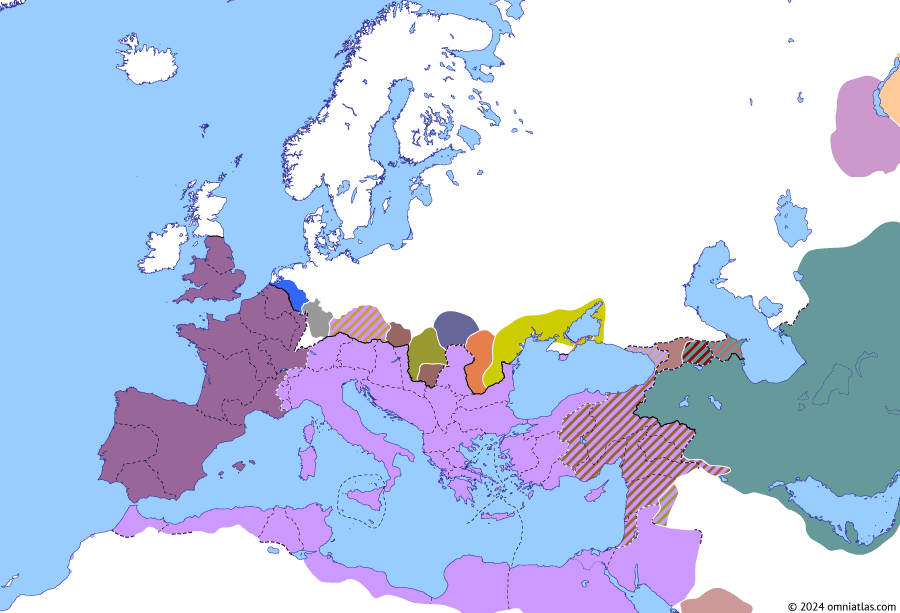The Role and Importance of Maps in Today’s World

Introduction: The Importance of Maps
Maps have long been a cornerstone of human navigation, exploration, and understanding our world. From ancient parchment scrolls to today’s advanced digital interfaces, maps serve as critical tools for representation, communication, and analysis. As we enter a more technologically driven era, the relevance of maps continues to expand, shaping the way we interact with our environment and make informed decisions.
The Digital Revolution in Mapping
In recent years, mapping technology has witnessed a transformative shift with the advent of geographic information systems (GIS) and satellite imagery. Major companies like Google and Apple have developed mapping services that not only provide directions but also integrate traffic data, local business information, and user-generated content. As of 2023, Google Maps boasts over 1 billion active users monthly, underscoring our reliance on digital maps for everyday navigation.
Maps in Various Sectors
The applications of maps extend far beyond personal navigation. In urban planning, maps help officials understand population density, zoning regulations, and infrastructure needs. The real estate industry utilises mapping to analyse market trends and identify investment opportunities. Furthermore, environmental organisations leverage maps to monitor climate change, track wildlife migrations, and manage natural resources effectively. Each sector benefits from tailored map solutions, showcasing the versatility and importance of this tool.
Future Trends in Mapping Technologies
Looking forward, the future of maps is poised for further advancements. The integration of augmented reality (AR) and virtual reality (VR) is already visible in applications like Pokémon GO and Google Earth VR, which enhance our spatial awareness and make navigation immersive. Moreover, the rise of autonomous vehicles will rely heavily on refined mapping technologies to navigate safely and efficiently. These developments herald a future where maps are not just static images but dynamic, interactive entities that evolve alongside user needs.
Conclusion: The Significance of Maps
Maps remain an essential facet of modern society, integral to the functioning of many industries and the everyday lives of individuals. As technology continues to innovate, the role of maps will evolve, becoming even more intertwined with our daily experiences. Understanding the significance of maps today not only sheds light on how we navigate our physical world, but also reveals insights into our future interactions with technology and geography.








